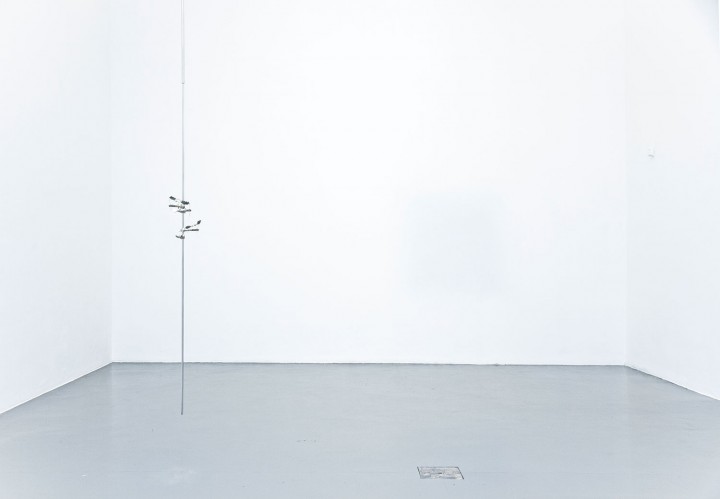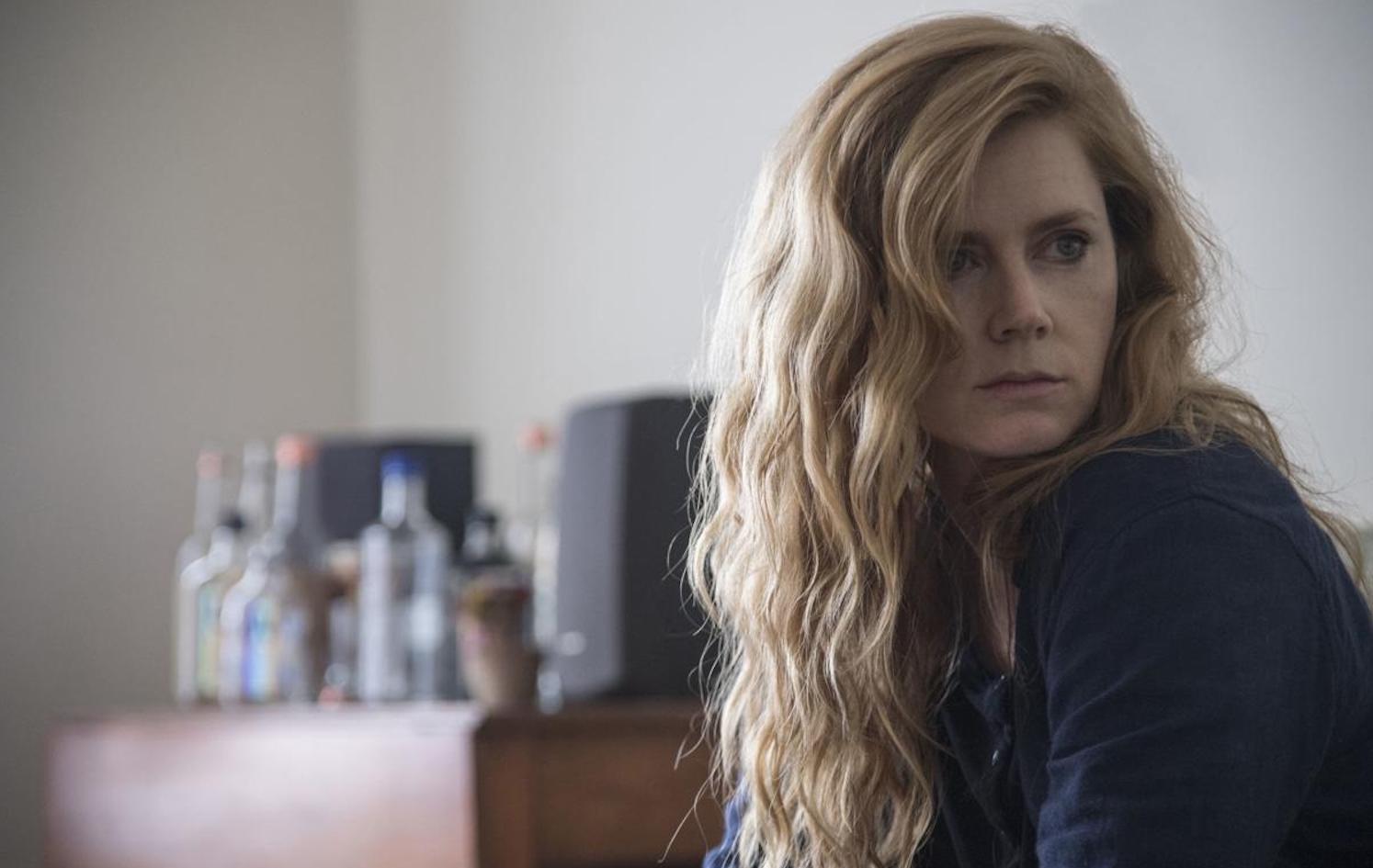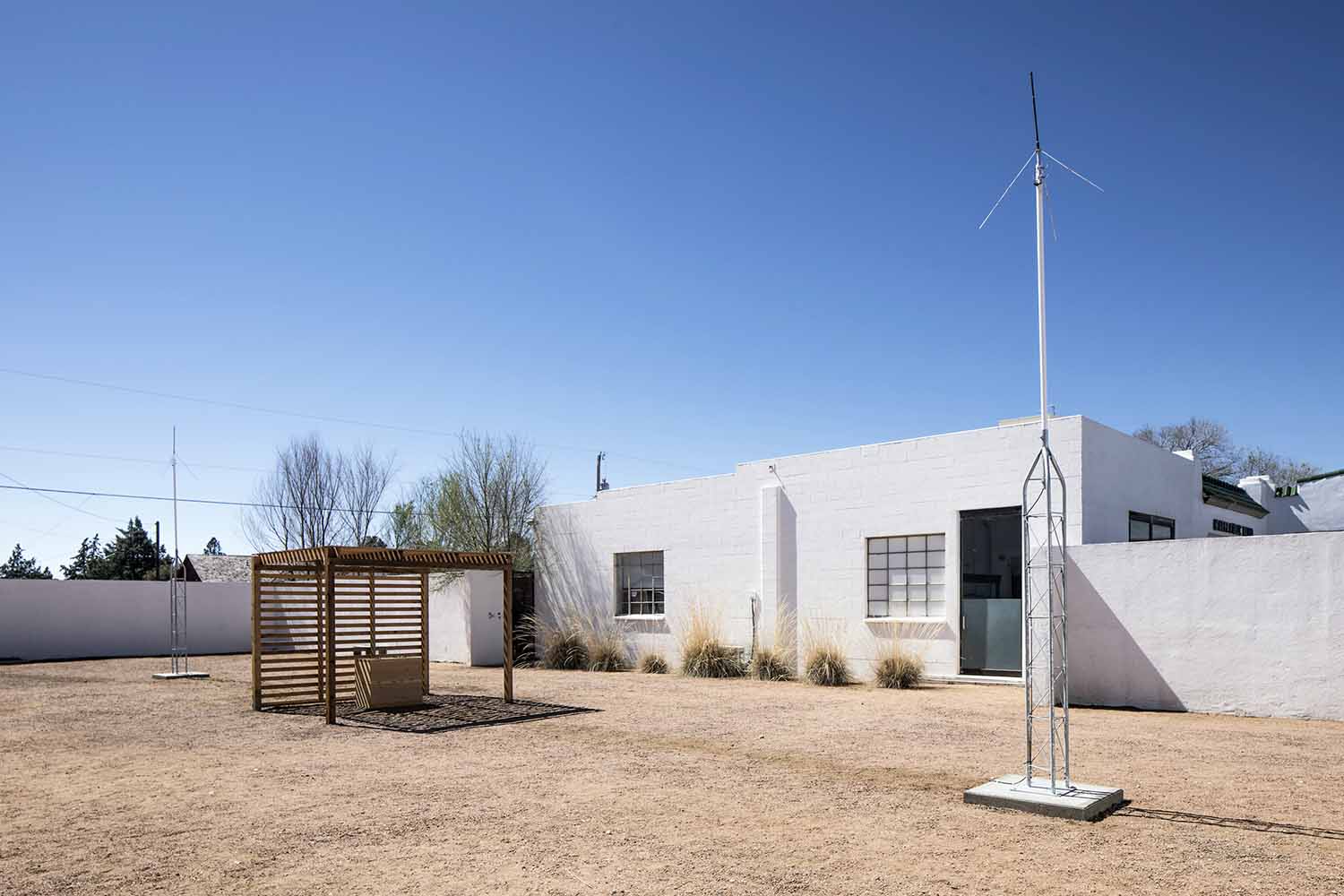The exhibition starts with an empty room. There are no works, no artists, just a set of parameters. The gallery is transformed into a generative space, an open platform of experimentation and motion. Borrowing from Mark Twain’s The Adventures of Huckleberry Finn, the introductory text warns: “Persons attempting to find a motive in this narrative will be prosecuted; persons attempting to find a moral in it will be banished; persons attempting to find a plot in it will be shot.”
There is no narrative or moral or logic. The project, recipient of the Premio Lorenzo Bonaldi per l’Arte and organized by the American Sam Korman, uses the Mississippi River as a metaphor for flux and to challenge an exhibition’s usually fixed structure. What happens when we start collapsing ideas of time and space related to art making and viewing?
Three artists — Jacob Kassay, Elaine Cameron-Weir and Josh Tonsfeldt — were invited to spend three weeks each in Bergamo and to use the museum space as a free environment to create, produce and display. Proposing an interpretation of the museum as a place for experimentation and reflection, “Mississippi” transforms GAMeC’s exhibition space into an evolving cosmos where the roles of the artist, curator and institution are constantly negotiated.
Jacob Kassay’s Untitled (2014) consists of four soft paintings sprayed directly onto the wall. They are made from Multispec, a paint composed of multiple colors that are engineered to never physically blend together. They appear like large retinal smudges or shadows caressing the walls. The paintings introduce the space as a substantial volume of reverberating surfaces.
A scent, filling the air, emanates from A day dream about the authority of a heavy desk, about other vocations spent behind one ordering certain men around, about domineering and maybe reclining slowly, exhaling (2014), by artist Elaine Cameron-Weir. Along with the incense burning over a candle, its formidable terrazzo desk serves as platform for a delicate arrangement of elements: a vintage Tiffany silver candy dish, steel poles, lab clamps, candles and blue neon. It evokes an Italian design language from the 1980s.
Across the gallery, A terrestrial sediment melted by hypervelocity impacts from outerspace, most fell on Bohemia, molten, forming strange shapes and solidifying bottle green like the eyes of a gorgon (2014) elegantly descends from the ceiling. Attached to a steel pole are pairs of custom lenses incorporating Moldavite — a type of stone created by the impact of meteorites on earth — carved with nude female figures. The glasses, as with the table, invite the viewer to look through each work onto the others, adding a libidinous presence to the visual horizon.
Focused on the environment in and around the gallery, Josh Tonsfeldt uses it for source and display. Exemplary of Tonsfeldt’s contributions is 1/1 (2014), a video depicting local hunters tracking boar loops on a functionally deconstructed LCD television. Foliage and materials sourced from the other works are positioned on the TV’s LCD lighting panel. It is a portrait of context and interaction.
In the final weeks of the exhibition, designer David Knowles created the catalogue on site. It commits “Mississippi” to yet further reflections in the space of a book. When I ask Korman about the experience, he softly replied: “As the whole experience was so intense and consuming, it will take me a while to figure out. Or it might be important to allow any conclusion to be in constant evolution.”





